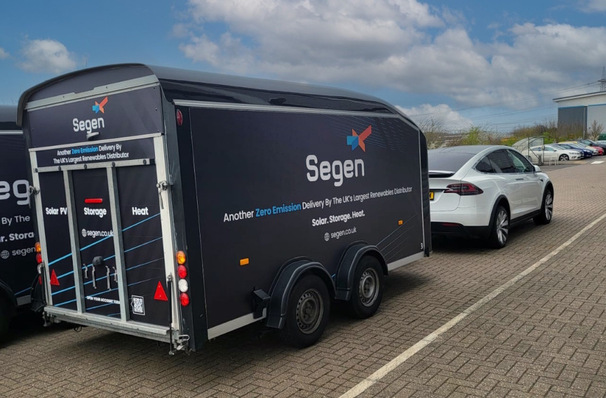Solar energy is growing worldwide. The customers are hungry for solar power, for more powerful PV modules, more powerful inverters. What does this mean for inverter suppliers such as Kostal Solar Electric?
It goes without saying that the challenge of keeping up with high performance and power levels affects everyone, and my impression is that the challenge is generally being tackled with great zeal. The next step, of course, is to ensure that the power we get from roof-mounted solar panels is well distributed and stored. It’s not just about the performance of a single component.
What else matters?
The energy from the PV module also has to reach the battery via the inverter with minimal loss. And we’re proud of the fact that we’re really optimising this transmission of power with our inverters. We also make sure this is tested regularly. For example, right from the start we ranked in the top positions in HTW Berlin’s electricity storage inspection.
Kostal is very successful in the business with smaller solar systems. Do you feel a rising demand für more power in this private segment, too?
Absolutely. Last year’s amendment to the Renewable Energies Act in Germany has led to people asking, can I tease out even more potential from solar energy? And that’s what we do. Combining two of our Plenticore plus inverters with one battery works wonderfully. The energy is always fed into the battery via both inverters.
Does the discussion about energy prices increase the demand?
Currently, the significant rise in gas and oil prices is driving demand. Customers want to heat their homes and run their cars on solar power. This means that the inverter must provide control signals and data for controlling the heat pump and activating the wallbox.
Solar strings, energy storage, e-mobility and e-heat: The complexity of the systems is increasing, but the costs are to be as low as possible. How do you balance this?
That is a real balancing act. You always have to be a bit careful. On the one hand, we develop predictive and optimisation algorithms to automatically control energy use. On the other hand, sometimes it is simply a matter of the right timing to achieve a lot. For instance, it makes sense to simply switch on the heat pump in the morning when the children are out of the house and the sun is shining, as this provides you with efficiently generated heat that lasts for the entire day.
And for electric vehicles?
It’s a little different with cars. We’re very well positioned in this area with our own wallbox and smart activation via our Smart Energy Meter. Here we offer the Solar Plus charging mode. This means getting the maximum amount of solar power out and into the car regardless of the weather, but at the same time making sure that the car has the level of charge you need, when you need it. We offer a wide range of possible settings and ensure intuitive usability through our app and the solar portal. (HS/mfo)
Achim Lösch: After studying electrical engineering, he started as an application engineer for semiconductor test systems at HP/Agilent Technologies. Since 2018 he has been responsible for sales at Kostal Solar Electric.
Watch the full video talk with Achim Loesch here.
Watch all our CEO-Talk with decision makers of our industries.







